Seychelles of Today
Preserving Seychelles for Posterity
This is something which makes me feel enormously proud to be a Seychellois. We are so tiny and with limited land mass, and yet today, we are the first country in the world that can boast of over 50% of our territories protected by law as National Parks and Nature Reserves. Seychelles prides herself on far-sighted conservation policies that protect the environment and the diverse ecosystems it supports. She is an example to all mankind, and a tiny beacon of hope and pride . . .
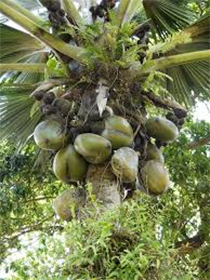
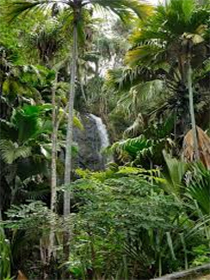
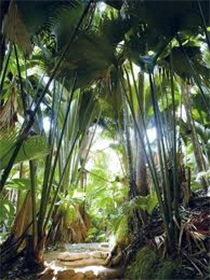



 Seychelles is proud of all your dedication and hard work, and I do hope all my readers will visit your sites soon.
Seychelles is proud of all your dedication and hard work, and I do hope all my readers will visit your sites soon.
Royal Honeymooners

Tourism Activities in Seychelles
The dynamic and consistent efforts of our Minister of Tourism and Culture, Mr Alain St Ange and his team, has resulted in great improvements in visitor numbers, satisfaction, and a variety of superb 5 Star hotels, as well as smaller family run establishments over the years. Today, we are proud to offer so much more than just Sun, Sea and Sand to our visitors . . . Carnival International de Victoria – A three days celebration held in April, where our small capital, Victoria, sizzles with ambience, music, colourful floats, amongst a melting pot of people from the four corners of the world. Sea Turtle Festival – Eco Tourism – A weekend of family fun held every August, where the aim is to raise public awareness of the works being done for marine conservations of turtles. Festival Kreole (Creole Festival) – A date for anyone’s diary – six days in October when all Seychellois people come together to celebrate their Creole identity with friends from other Creole speaking nations. Activities ranges from cultural performances, Creole food, Creole arts and poetry, as well as partying and dancing till dawn to the Creole Sega music.
Seychelles of Yesteryears
The Seychelles islands was first colonised by the French, the Stone of Possession was laid on a rock facing the entry to Port Victoria on 01 November 1756. Then came the era of free labour from African slaves, which was the backbone that created the new colony. As all the vast plantations of cinnamon, coconut, vanilla and spices flourished, the African slaves toiled under the tropical heat. They would listened to their French masters and tried to imitate the language in their bid to communicate, thus creating what is now the Creole language. In 1814, under the terms of the “Treaty of Paris”, signed between France and England, Seychelles became a colony of Great Britain. It was hard for all the (Gran Blanc), the French people living in the Seychelles to accept their new British rulers, and they strived to keep their French identity, which included being Catholics. They ensured that all their slaves and their descendants were also baptised into the Catholic faith, a bid to keep the Church of England as an insignificant religion, stopping the spread of “Anglophilia”. The situation got even harder for those wealthy plantation owners, who controlled all the export crops from their vast plantations, and thus the whole economy of the Seychelles, when slavery was abolished in 1835. It was the end of the era of free labour. But, they were not prepared to take this new development without putting up a fight, and so played a major role in the ‘black market’ of slave trading. The 115 islands scattered over such a large area was ideal for concealing new slaves destined for the sugarcane plantations of neighbouring Mauritius, and right under the noses of their British rulers. It was a small victory, but it proved what the spirit of French collaboration could achieve, as they did not consider themselves English!
In 1814, under the terms of the “Treaty of Paris”, signed between France and England, Seychelles became a colony of Great Britain. It was hard for all the (Gran Blanc), the French people living in the Seychelles to accept their new British rulers, and they strived to keep their French identity, which included being Catholics. They ensured that all their slaves and their descendants were also baptised into the Catholic faith, a bid to keep the Church of England as an insignificant religion, stopping the spread of “Anglophilia”. The situation got even harder for those wealthy plantation owners, who controlled all the export crops from their vast plantations, and thus the whole economy of the Seychelles, when slavery was abolished in 1835. It was the end of the era of free labour. But, they were not prepared to take this new development without putting up a fight, and so played a major role in the ‘black market’ of slave trading. The 115 islands scattered over such a large area was ideal for concealing new slaves destined for the sugarcane plantations of neighbouring Mauritius, and right under the noses of their British rulers. It was a small victory, but it proved what the spirit of French collaboration could achieve, as they did not consider themselves English!
The Catholic Church

 The British administrators were not blind to the open collaboration between the plantation owners and the Catholic church, so they fought back in the only way they could, by imposing the English language in all the French speaking schools. It was a tiny victory for them, but a massive one for all the Seychellois people, as our small country now have three official languages namely : English, French and Creole.
The British administrators were not blind to the open collaboration between the plantation owners and the Catholic church, so they fought back in the only way they could, by imposing the English language in all the French speaking schools. It was a tiny victory for them, but a massive one for all the Seychellois people, as our small country now have three official languages namely : English, French and Creole.
First World War
The declaration of war in 1914, saw the first collaboration between the British administrator of the Seychelles and all her subjects. It had taken “one hundred years” from when they were signed away in the Treaty of Paris for them to concede, and to openly embrace the idea of being a British Colony. They stood side by side, allies against the tyranny of Germany. The Seychellois people served under the British flag in East Africa, France, Mesopotamia and at sea. Out of a small population of just over 22,600 people, the lives of 358 young men were taken in the conflict. The photo shows the German Cruiser “Koningsberg” who was based at German East Africa of Dar es Salaam in Tanzania. She was responsible for the first British casualty of the war, when she sank the freighter “City of Winchester” on the 6th August 1914 off the coast of Oman. She then went into hiding in the Rufiji river in the town of Salale. She did those hit and run raid several times within the Red Sea and Indian Ocean, also sinking the “Pegasus” in the port of Zanzibar (British Colony) in September 1914, before she was taken out in an ambush in the Delta river in July 1915 by HMS Mersey and HMS Severn.
In 1920, Britain awarded a few War Trophies to the people of Seychelles as a recognition of our war efforts. The town bell of “Wilhelmstal” (ex- German Tanzania), and brass shell cases from the guns of fated German Cruiser “Koningsberg”.
The photo shows the German Cruiser “Koningsberg” who was based at German East Africa of Dar es Salaam in Tanzania. She was responsible for the first British casualty of the war, when she sank the freighter “City of Winchester” on the 6th August 1914 off the coast of Oman. She then went into hiding in the Rufiji river in the town of Salale. She did those hit and run raid several times within the Red Sea and Indian Ocean, also sinking the “Pegasus” in the port of Zanzibar (British Colony) in September 1914, before she was taken out in an ambush in the Delta river in July 1915 by HMS Mersey and HMS Severn.
In 1920, Britain awarded a few War Trophies to the people of Seychelles as a recognition of our war efforts. The town bell of “Wilhelmstal” (ex- German Tanzania), and brass shell cases from the guns of fated German Cruiser “Koningsberg”.
Steam Ships (B.I.)
This monthly visitor used to hold a special place in the hearts of all Seychellois. As they were in those times, Seychelles only contacts with the outside world. The sirens would be heard echoing over Mahe, announcing her arrival, and all would feel that same anticipation. The island’s export crops such as cinnamon, and copra relied heavily on those monthly service, just as the local merchants did for all the imported stocks. The visits of the B.I. as the locals has fondly named those British-India Steamers, allowed the Seychellois people to keep in touch with relatives abroad too, so the monthly bags of posts were welcomed.
Second World War
Over 2000 Seychellois men saw active service in Egypt, Palestine and Italy. Some were trained in Tripoli for the invasion of Italy, and were among the first group of men to land at Salerno in Italy in September 1943. Whilst the majority served in Tobruk. On their return home,some ex-service men joined the Seychelles Police Force. A social club called the “Tobruk Club” was also set up. The Armistice Day is commemorated every year in Seychelles with a special mass and the laying of wreaths at the cenotaph at Mont Fleurie cemetery.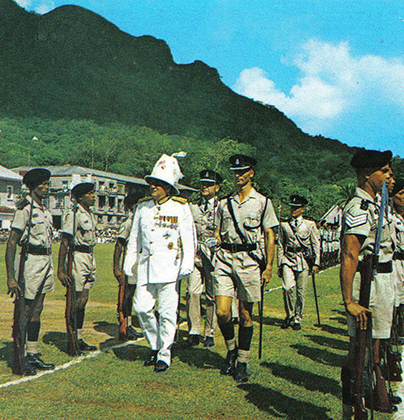
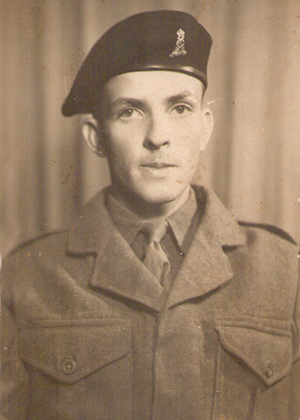
Exile of Famous Figures

Gateway to the World
The Republic of the Seychelles
A fresh new dawn rose over the islands of the Seychelles in June 1976 when the Union Jack was lowered for the last time. Seychelles was now an independent country, on the start of a brand new era. Today, the small capital, Victoria, named after the great British Queen, is still the seat of the Government of the Republic of Seychelles, headed since 2016 by President Danny Rollen Faure.
We have come a long way from the handful of French colonists and their African slaves, and the few Indian and Chinese traders who made these stunning islands their homes. “Jewels of the Indian Ocean” and “Unique by a Thousand Miles”, are just two of the slogans that has been used to describe the Seychelles… But, is it really possible to describe her… I will leave you to your own judgement… Should you wish to grace us with the pleasure of your visit, then we hope that our National Airline – Air Seychelles – will get the chance to fly you to our shores. Please visit www.airseychelles.com for all further information and flights details – Fly the Creole Spirit to paradise…
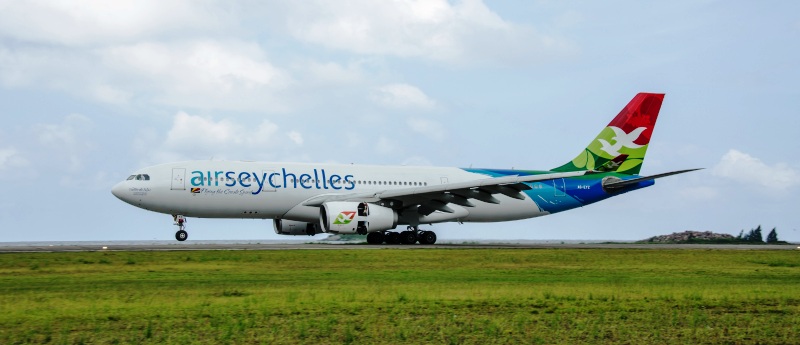
A visit to one of our smaller islands is a must during your holidays, and Air Seychelles fleet of Twin Otters are at your disposal for those short trips.
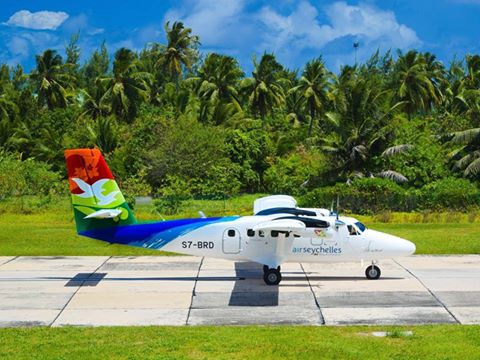
We thank you for taking time to browse our website today, and hope you have enjoyed it and would recommend us to your friends. Warm Creole wishes to you and enjoy the rest of your day, Rosie – A. R. Tirant.







 Total Hits : 46892
Total Hits : 46892
Latest Comments